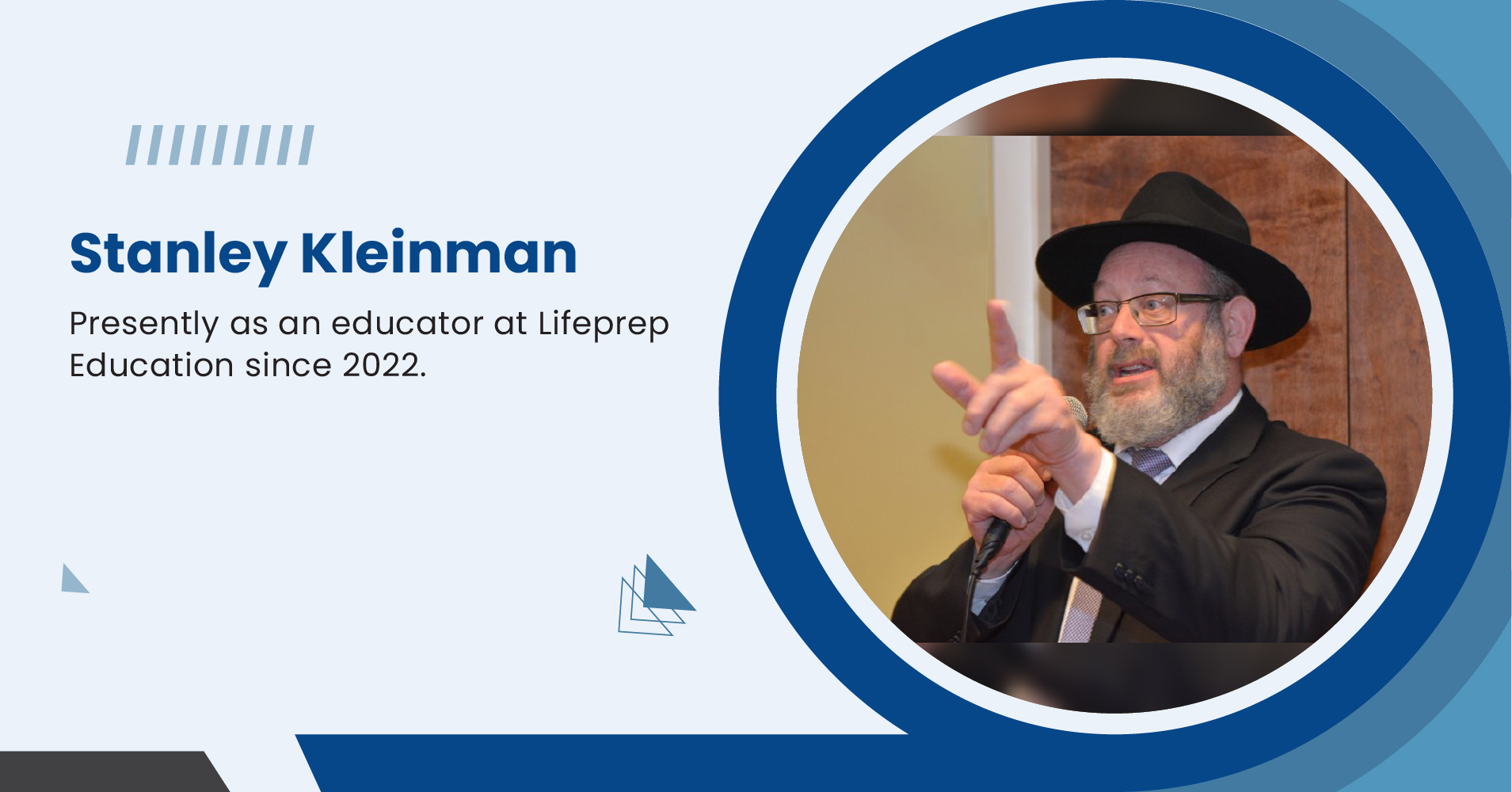
In the multifaceted world of program development, the role of public relations (PR) cannot be overstated. Whether rolling out a new community service initiative, launching an educational program, or introducing groundbreaking technology, the success of these programs often hinges on effective PR strategies. At its core, public relations in program development is about crafting and maintaining a positive image and building strong relationships with stakeholders through strategic communication.
Strategic Communication: The Heart of PR
Effective communication is the linchpin of successful public relations strategies. It involves not only delivering information but also engaging with the audience in a way that is meaningful and impactful.
Clear Messaging: Develop clear, concise messages that articulate the objectives and benefits of your program. This messaging should be consistent across all communication channels.
Audience Segmentation: Different stakeholders may have different interests and concerns. Tailor your messages to meet the needs and expectations of each segment, whether they are potential participants, funders, or the general public.
Feedback Mechanisms: Incorporate channels for feedback to gauge public reaction and adjust your strategies accordingly. This two-way communication enhances the effectiveness of your PR efforts.
Building Media Relations
Media outlets are powerful partners in spreading the word about new programs. Building strong, mutually beneficial relationships with the media can significantly amplify your reach and credibility.
Press Releases and Media Kits: Provide clear and detailed press releases or media kits that include all necessary information about your program, making it easy for journalists to understand and cover your story.
Media Training: Prepare your spokespersons through media training to handle interviews smoothly and effectively. They should be able to communicate key messages clearly and handle tough questions with poise.
Regular Engagement: Maintain regular contact with media representatives even when you do not have a program to promote. This ongoing relationship can be beneficial when you need their support.
Utilizing Digital Platforms
In today’s digital age, online platforms are indispensable tools for public relations. They provide a direct line to various audiences and allow for real-time communication.
Social Media Strategy: Develop a comprehensive social media strategy that aligns with your overall PR goals. Use platforms that your target audience frequents to share updates, and success stories, and engage with users.
Content Marketing: Create valuable content that resonates with your audience, such as blog posts, videos, and infographics that explain the importance and impact of your program.
SEO Practices: Implement search engine optimization (SEO) best practices to ensure that your program’s information is easily discoverable online.
Crisis Management
No matter how well-planned a program is, unforeseen issues can arise. Effective PR includes preparing for potential crises and managing them adeptly if they occur.
Crisis Communication Plan: Develop a crisis communication plan that includes predefined protocols for various scenarios. Identify a crisis communication team and spokesperson.
Quick Response: In the event of a crisis, respond quickly and transparently to maintain trust. Provide updates as more information becomes available and be open about the steps you are taking to resolve the issue.
Post-Crisis Analysis: After a crisis, conduct a thorough analysis to understand what went wrong and how similar issues can be prevented in the future. Communicate these findings and the implemented changes to all stakeholders.
Networking and Building Partnerships
Developing strong relationships with key stakeholders is essential for the success of any program. These relationships can provide support, resources, and increased visibility.
Engage Local Communities: Involve community members in the planning and implementation phases of the program to ensure it meets their needs and gains their support.
Partnerships with Other Organizations: Look for opportunities to partner with other organizations that can bring additional expertise, resources, or credibility to your program.
Event Hosting: Organize and participate in events that can help raise awareness of your program and build stronger relationships with stakeholders.
Mastering public relations is essential for the success of any program development effort. By effectively communicating, building relationships with the media, leveraging digital tools, preparing for crises, and engaging with the community and partners, program developers can ensure that their initiatives are well-received and supported. These PR skills not only enhance the visibility of a program but also its impact, fostering a positive image that can lead to long-term success.